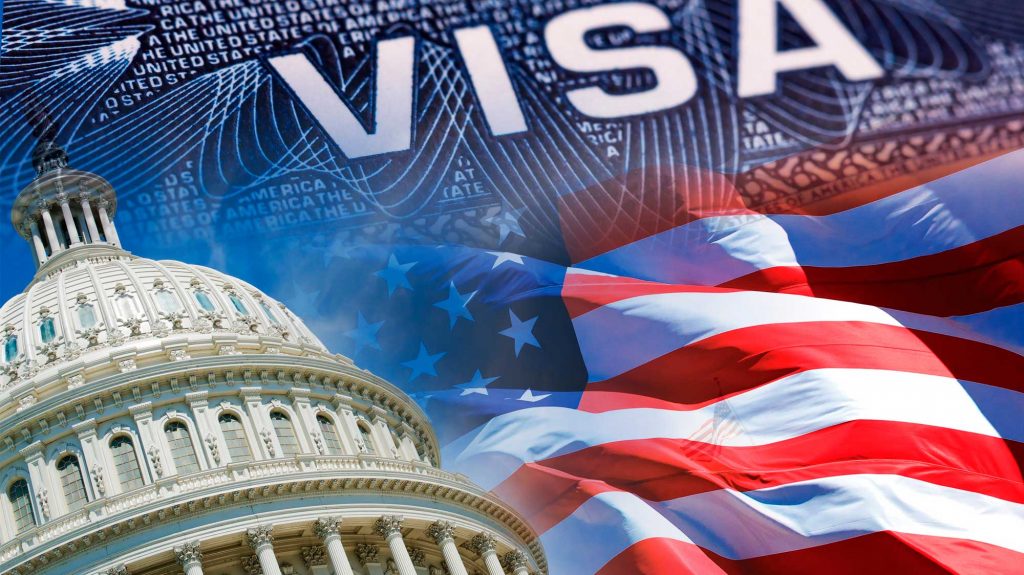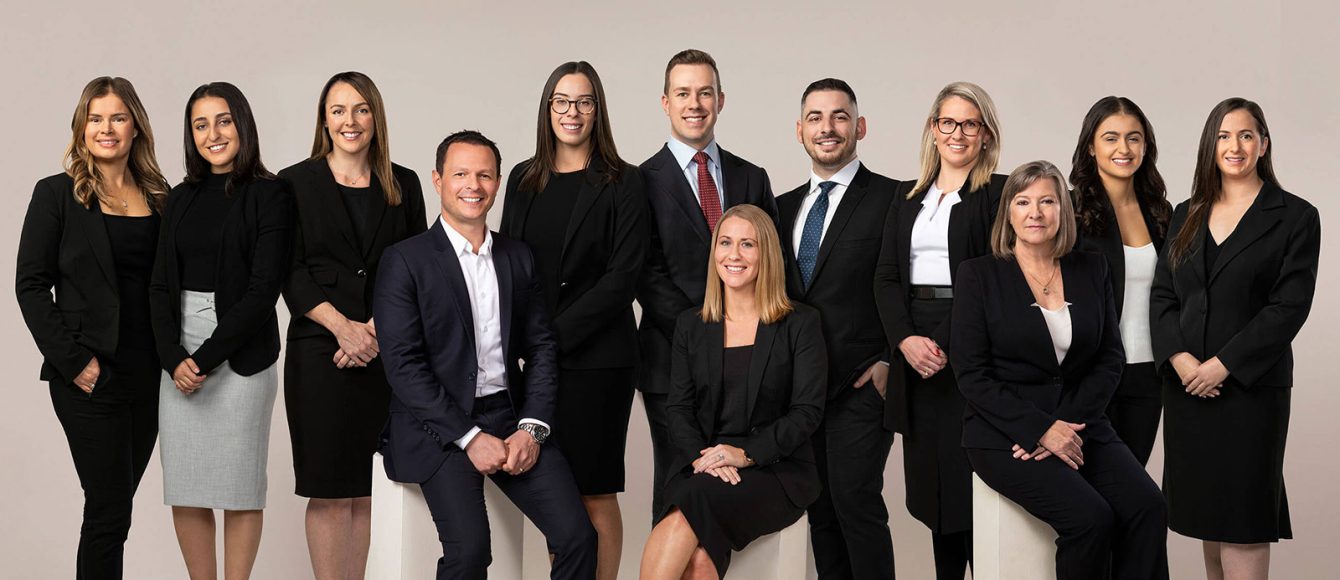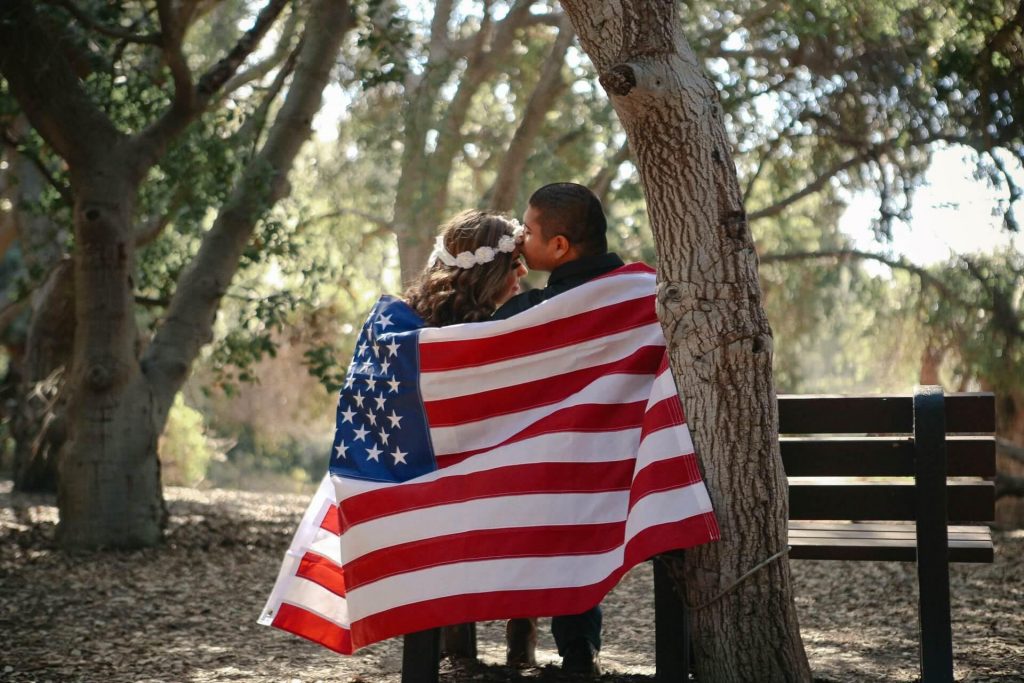How Do Foreign Nationals Get US Visas?
Whether it’s for travel, study, work, or to start a new life, many people dream about going to the United States. Indeed, the process can be quite complex. This article aims to unravel the confusion and provide an easy-to-understand guide on how foreign nationals can acquire US visas and the requirements needed for the process.

Understanding the US Visa
Firstly, it is essential to understand what a visa is in the American context. A US visa is essentially a document, placed in your passport, that serves as permission for foreign citizens to seek entry into the United States.
There are two general types of US visas: immigrant visas (for those who intend to live permanently in the U.S) and nonimmigrant visas (for temporary visits such as tourism, business, work, studying, or other similar reasons).
The US Visa Process
Navigating through the US visa application process will typically involve these steps:
- Determine the Visa Type: The first step is to determine the type of visa you need, which largely depends on the purpose of your visit.
- Complete the Application: You need to fill the required application form for the type of visa you’ve selected. For most nonimmigrant visa applications, this is the DS-160, and for immigrant visas, the DS-260.
- Pay the Fee: The visa application comes with a non-refundable fee that varies depending on the type of visa.
- Schedule an Interview: Those aged between 14 to 79 years are generally required to attend an interview at the US embassy or consulate in their home country.
- Prepare for the Interview: You should gather all necessary documents, including a passport valid for travel to the US, the application confirmation page, the fee payment receipt, and photo (if required).
- Attend the Visa Interview: Here, a consular officer will determine if you are qualified to receive a visa.
While the requirements can vary greatly depending on the specific type of visa (i.e., student visa, work visa, tourist visa), there are common documents and qualifications that all applicants must possess:
- Valid Passport: The passport must be valid for at least six months beyond the applicant’s planned departure from the US.
- Nonimmigrant Visa Application, Form DS-160: Completed and submitted online.
- Application Fee Payment Receipt: Evidence that you’ve paid the application fee.
- Photo: Most applicants must upload a photo that meets specific requirements during DS-160 application.
- Additional Documentation: This could include the purpose of your trip, intent to depart the US after the trip, and the ability to pay for all the costs of the trip.
Armed with the right knowledge and patience, the path to securing a US visa becomes an achievable endeavor. This increased understanding allows foreign nationals to navigate the complex landscape of visa application and bring their dreams of visiting, working, or living in the United States a step closer to reality.


